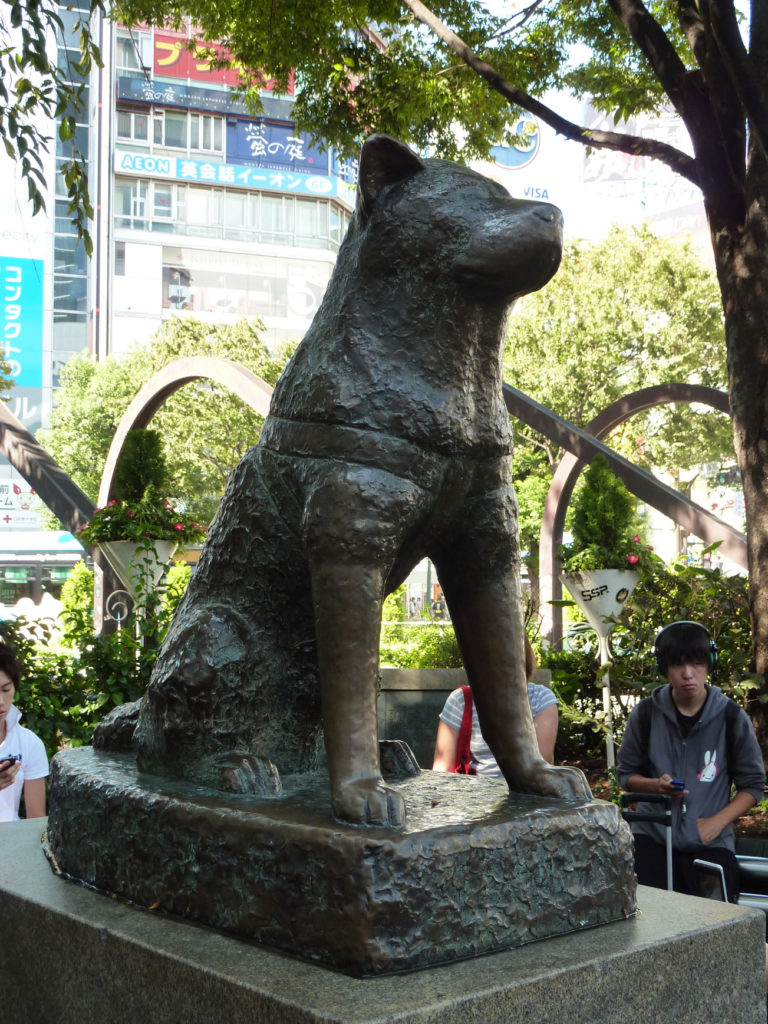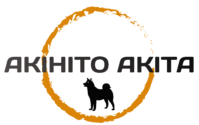about akitas
japanese warrior
AKITA INU - INTRODUCTION
Akita inu – Akita (jap. 秋田犬 – akita inu; from jap. inu – dog) – a breed of dog classified as spitz and primitive dog originally bred in Japan for dogfighting, later also used for hunting.
Akita is a dog breed that is part of the Japanese national heritage, a symbol of strength and prosperity. Akita ceramic figurines are given to sick people to wish them a speedy recovery, and to young couples and newborns to bring them good luck. The breed’s name refers to the Akita prefecture located on the Sea of Japan, on the northwest coast of Honsiu Island.
Nowadays, it serves as a guarding and defense dog as well as a companion dog. It is the biggest breed among Japanese Spitzes. In FCI classification this breed is included in group 5 – Spitz and dogs of primitive type, in section 5 – Asiatic Spitz and related breeds.
BREED
HISTORY
Akitas are said to have accompanied samurai on Japanese islands as early as 5,000 years ago. However, the first drawings depicting these animals date back to the 12th century. Since 1603 in Odate there were organized fights of medium size dogs used for hunting bears. Since the mid 1860s, in order to gain a stronger body and larger size, they were mated with tos and mastiffs, which made them lose the characteristics of spitzes. In the early 20th century, fighting was banned. In 1931, nine Akitas from the Matagi area, representing the most desirable type, were declared natural monuments and issued pedigrees. Seven years later the first Akita breed standard was created.
The most famous story associated with the breed is that of Hachiko, a dog that belonged to Eisabuiro Ueno, a professor at Tokyo University. Every morning he would walk his owner to the Shibuya train station and pick him up from there in the evening. One day the professor died suddenly at work. For the next 10 years – until his death in 1935 – Hachiko came every day to the square in front of the station and waited for his return. A statue of the faithful dog – funded by the citizens of Tokyo – stood opposite Shibuya Station.
This breed proved its endurance during the Japanese expedition to the South Pole in 1957. The polar explorers took 20 akitas to pull their sledges. Due to bad weather, the expedition was aborted. People returned home and the dogs stayed in Antarctica, which outraged animal rights organizations. When the expedition resumed three years later, researchers found 12 dogs in surprisingly good condition at the former camp. To commemorate the event, Emperor Hirohito ordered the building of a monument to them cast in bronze.

BEHAVIOUR AND CHARACTER
As a hunting dog, the Akita is known for its tenacity and fierceness in battle, as well as its passion for hunting. Dogs of this breed are also used by police and army. It is a breed of dog that is independent and has a strong character. It requires consistent but gentle handling.
The Akita is a dog with a high degree of dominance and a need for clear hierarchy in a group. It is loyal to its owner and very attached to him. It is distrustful of strangers.
HEALTH & CARE
The Akita is a hardy and resilient dog. Its thick coat protects it from frost, snow and moisture. It doesn’t tolerate heat as well, so in summer you should give it a cooler place to rest and remember about water to drink.
This breed is considered to be in good health, but there are eye problems – cataracts, progressive retinal atrophy (PRA) and retinal dysplasia (RD), which can lead to blindness.
Some Akitas suffer from autoimmune diseases, in which the body’s immune system destroys its own cells and tissues. These include, for example: Sebaceous adenitis which leads to the destruction of the sebaceous glands in the skin.
Taking care of an Akita is not difficult. The dog sheds its coat twice a year – in spring and autumn. For about three weeks mainly the soft undercoat is changed. It is worth stressing that the Akita doesn’t shed its coat evenly from the whole body surface but in parts, similarly to wolves.
During the moulting period Akita should be brushed daily, outside this period once in two weeks. A poodle brush and a medium-density metal comb are best for this purpose.
appearance
The standard specifies white, red, brindle and sesame (red coat with black tips). Every coat (except white) must have white markings on the sides of the muzzle, on the cheeks, neck, chest, trunk and tail, on the inside of the fore and hind legs.




